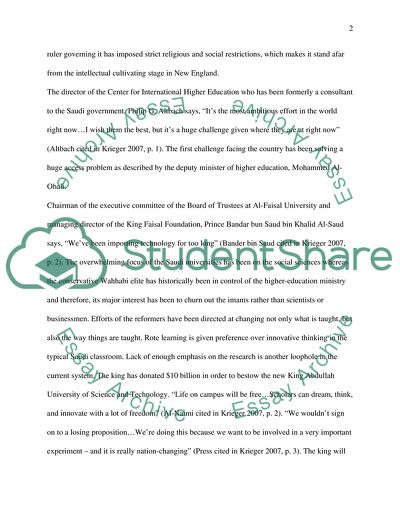Cite this document
(Saudi and the Western Style Education Literature review Example | Topics and Well Written Essays - 2250 words, n.d.)
Saudi and the Western Style Education Literature review Example | Topics and Well Written Essays - 2250 words. https://studentshare.org/education/1860083-saudi-and-the-western-style-education
Saudi and the Western Style Education Literature review Example | Topics and Well Written Essays - 2250 words. https://studentshare.org/education/1860083-saudi-and-the-western-style-education
(Saudi and the Western Style Education Literature Review Example | Topics and Well Written Essays - 2250 Words)
Saudi and the Western Style Education Literature Review Example | Topics and Well Written Essays - 2250 Words. https://studentshare.org/education/1860083-saudi-and-the-western-style-education.
Saudi and the Western Style Education Literature Review Example | Topics and Well Written Essays - 2250 Words. https://studentshare.org/education/1860083-saudi-and-the-western-style-education.
“Saudi and the Western Style Education Literature Review Example | Topics and Well Written Essays - 2250 Words”. https://studentshare.org/education/1860083-saudi-and-the-western-style-education.


